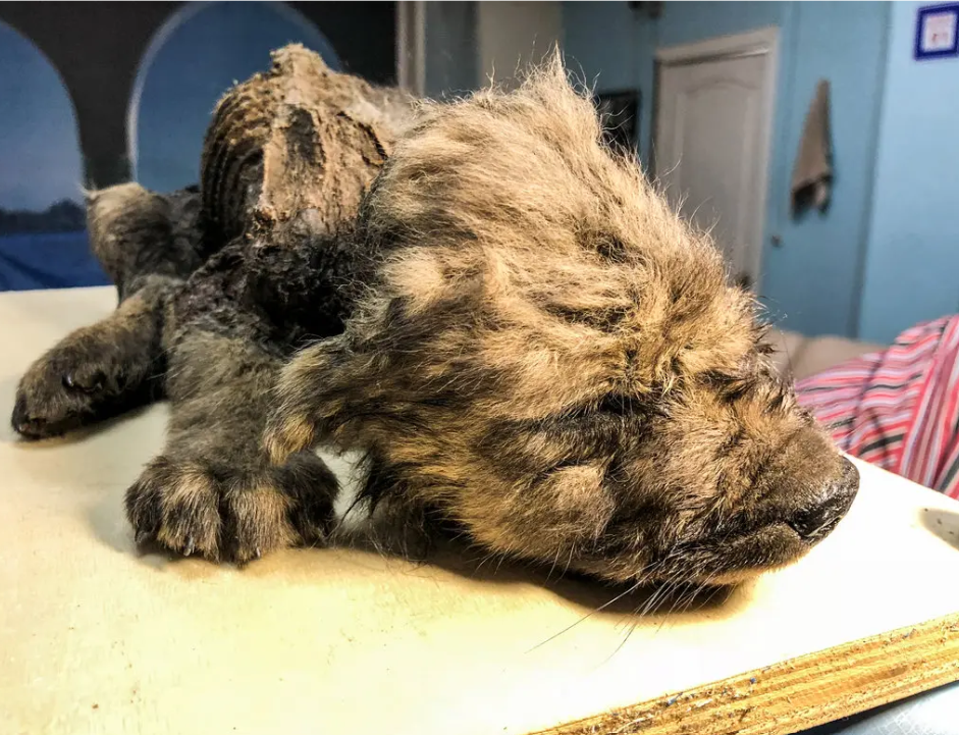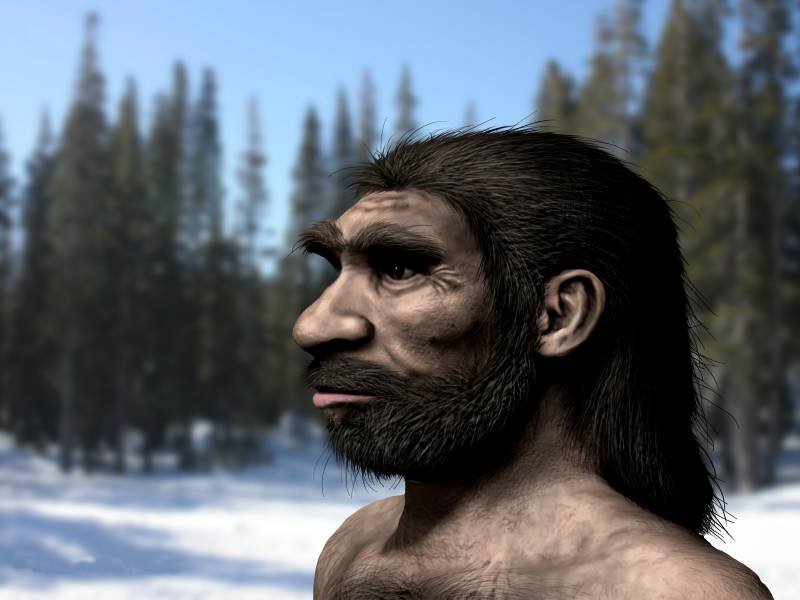You encounter thousands of faces each day, and in a split second, your brain effortlessly sorts through them all. Whether it’s spotting your best friend across a crowded room or instinctively recognizing a familiar celebrity on television, this remarkable feat happens faster than you can blink. Yet behind this seemingly simple task lies one of the most sophisticated networks your brain possesses.
Your facial recognition abilities are so finely tuned that they can distinguish between identical twins, recognize someone after decades apart, and even detect subtle emotional changes in a fraction of a second. This incredible processing power isn’t just impressive – it’s essential for human survival and social connection. Let’s explore the fascinating mechanisms that make this everyday miracle possible.
The Lightning-Fast Timeline of Face Recognition
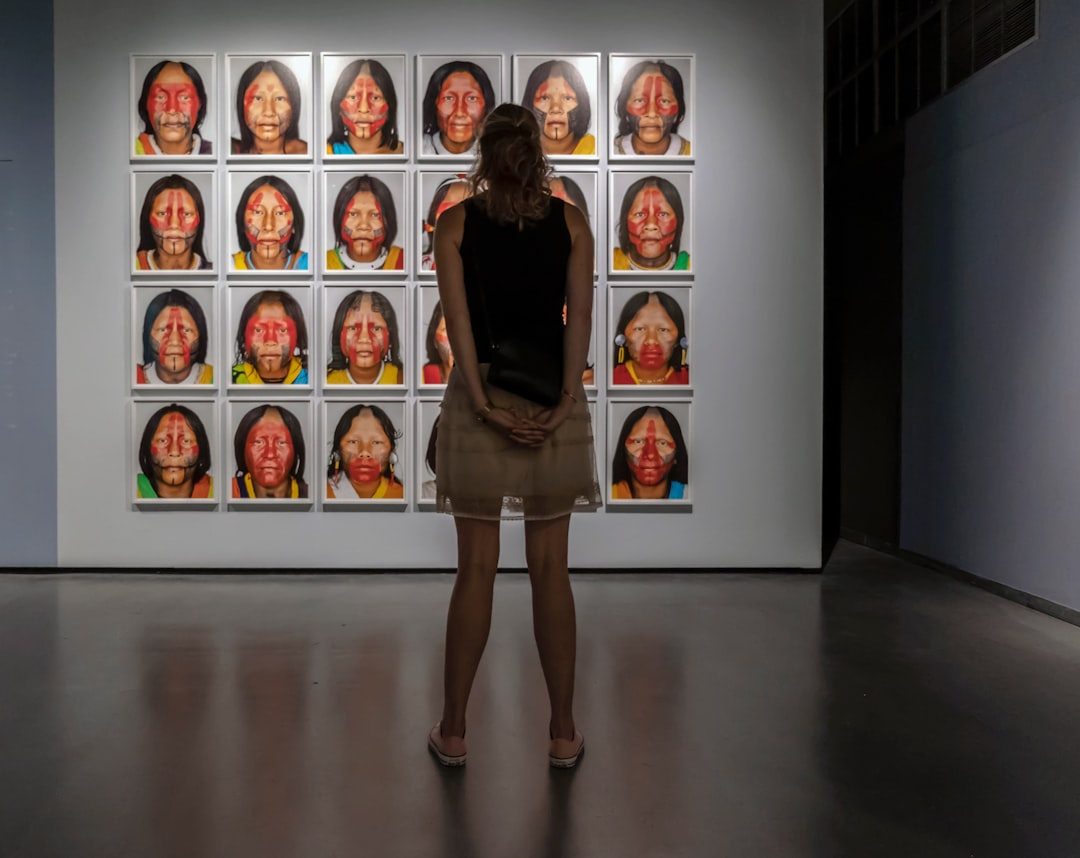
Your brain begins processing facial information with astounding speed. Your fusiform face area can register a face in approximately 100 milliseconds – faster than a single blink of an eye. However, this is just the beginning of a complex cascade of neural events that unfold in precise sequence.
Research suggests the brain begins to decode basic characteristics like age and gender around 150-200 milliseconds, with identity processing occurring later, typically around 200-400 milliseconds after viewing a face. This hierarchical processing means you’re determining basic characteristics like gender and age before your brain even starts working out who the specific person is.
The speed differences reveal something profound about how your brain prioritizes information. Minimum reaction time was 467 ms, which is 180 ms more than during superordinate categorization and 160 ms more than in the gender condition when recognizing famous faces compared to simpler categorization tasks. Your brain tackles the easier questions first before diving into the complex challenge of individual identity.
The Specialized Face Processing Network

The ability to recognize faces is so important in humans that the brain appears to have an area solely devoted to the task: the fusiform gyrus. Brain imaging studies consistently find that this region of the temporal lobe becomes active when people look at faces. This dedicated neural real estate demonstrates just how crucial face recognition has been throughout human evolution.
The fusiform face area doesn’t work alone. We identified twenty-five regions mainly in the occipital, temporal and frontal cortex that showed a reliable response selective to faces. Furthermore, these regions were clustered into three relatively independent sub-networks in a face-recognition task. This distributed network ensures redundancy and specialization in processing different aspects of facial information.
Think of it like a well-orchestrated symphony where each section plays its part. In early processing, the occipital face area contributes to face perception by recognizing the eyes, nose, and mouth as individual pieces. On the contrary, the fusiform face area shows no preference for single features, because the fusiform face area is responsible for “holistic/configural” information.
The Superior Colliculus: Your Brain’s Ancient Face Detector
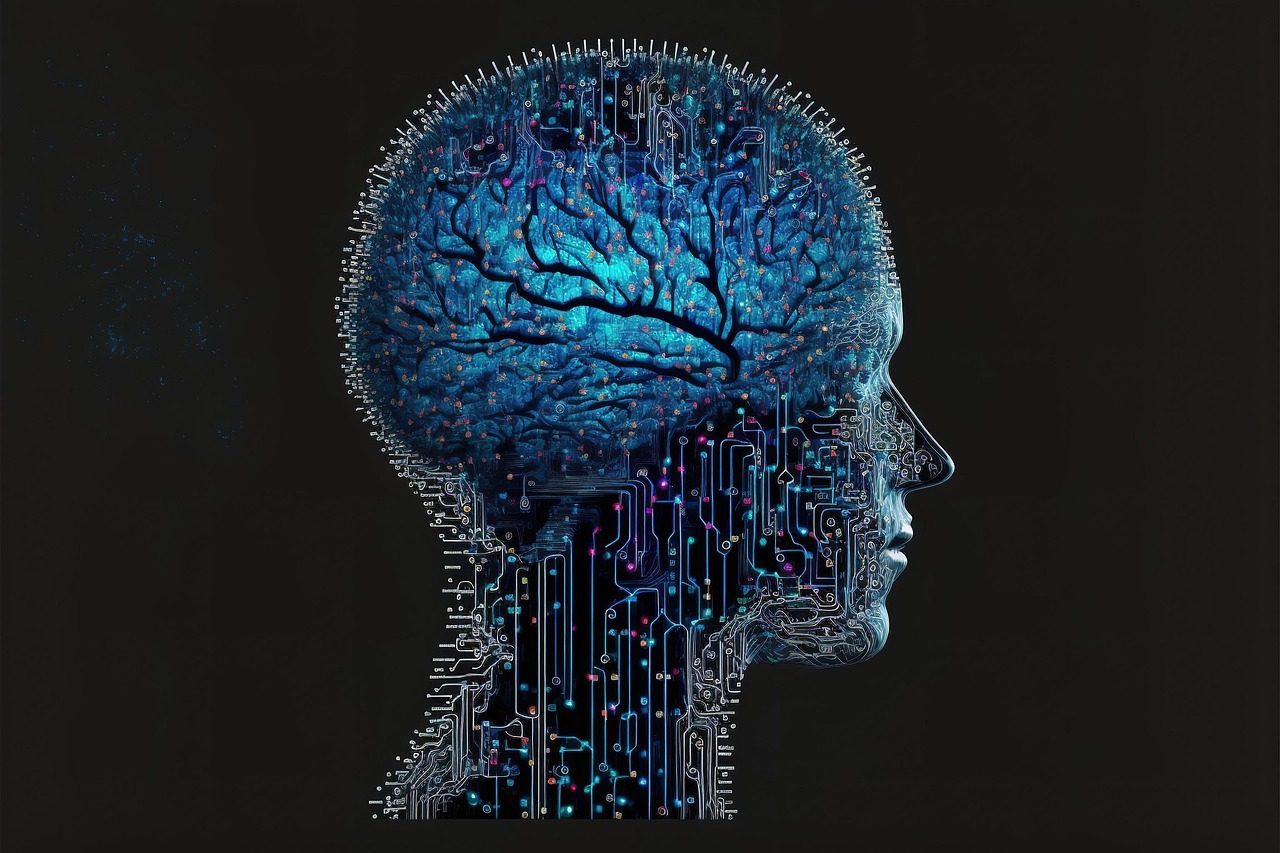
Before your sophisticated cortical face areas even get involved, an ancient part of your brain is already at work. The newly discovered circuit first engages an evolutionarily ancient part of the brain called the superior colliculus, which can then trigger the eyes and head to turn for a better look. This primitive system ensures you notice faces before your conscious mind even realizes they’re there.
Research indicates that neurons in the superior colliculus respond rapidly to visual stimuli, with some showing preferences for face-like patterns compared to other types of objects. In other words, the face-specific detection was much faster than detection of other objects, and was preferred by a large proportion of the measured neurons. Your brain essentially has an early warning system specifically tuned to detect faces in your environment.
This ancient system may explain why newborns show face preferences even before their advanced face recognition areas have fully developed. When babies are born, they lack the high acuity vision needed to see the fine details of faces, and the face-specific areas of the cortex don’t develop until later. Even so, babies generally orient and look at faces very early in life.
The N170 Component: Your Brain’s Face Signature
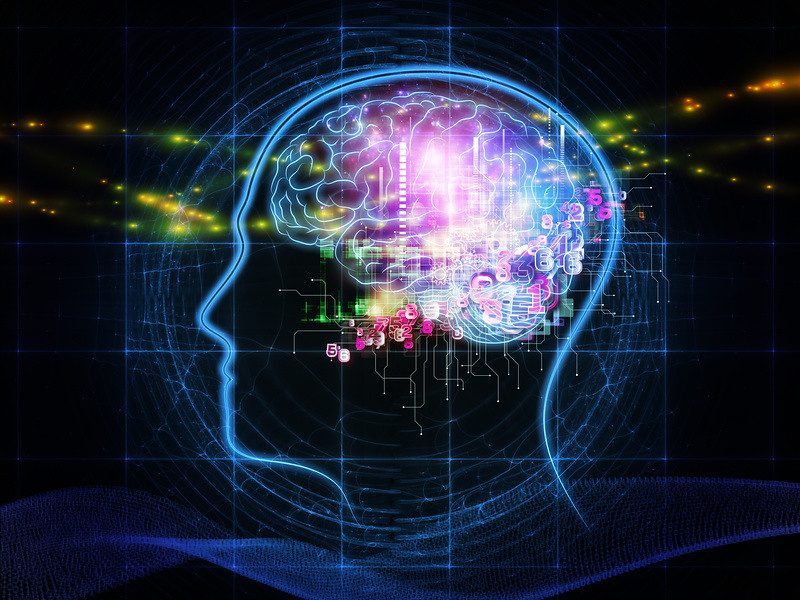
Scientists have discovered a specific brainwave pattern that serves as your neural signature for face processing. The N170 component and its MEG counterpart (M170) reflect face-selective electromagnetic responses in occipitotemporal areas that are triggered 150–190 ms after you see a face. This electrical signal is so reliable that researchers use it as a marker for face-specific processing.
Relative to a baseline condition with schematic house adaptors, upright and inverted schematic faces adapted the N170 to subsequent naturalistic faces, demonstrating that this component is associated with neural processes involved in the analysis of first-order relational face configuration. In Experiment 2, two-tone Mooney faces adapted the N170 to naturalistic faces relative to a baseline condition with Mooney houses, suggesting links between the N170 and holistic face processing.
What makes this component so special is its sensitivity to the overall structure of faces rather than individual features. Even simplified cartoon faces or abstract face-like patterns can trigger this response, showing that your brain is looking for the fundamental organization of facial elements rather than specific details.
Holistic vs. Feature-Based Processing

Your brain processes faces in two fundamentally different ways, and understanding this distinction reveals why faces are so special. Humans are highly skilled in face recognition, and this ability has been attributed to the configural processing of faces. Configural processing is based on relations between component parts of faces, and is often contrasted with featural or part-based processing, which focuses on local information such as individual facial features.
When you look at most objects, your brain analyzes them piece by piece – identifying individual components and building up a complete picture. Faces are different. The LOC thinks about objects in terms of their parts (part-based processing). The FFA thinks about objects as a whole (holistic processing). This holistic approach allows you to instantly recognize a face even when lighting, angle, or expression changes dramatically.
This explains why you struggle to recognize someone when you see them upside down. The inversion disrupts your brain’s ability to process the face as a unified whole, forcing it to rely on less efficient feature-by-feature analysis. It’s like trying to read a sentence with all the words scrambled – the individual letters are there, but the meaning is lost.
The Speed Advantage of Familiar Faces

Your brain doesn’t treat all faces equally. There’s a clear processing advantage for faces you know well. This speeded manual go/no-go categorisation task revealed that personally familiar faces show processing advantages over unfamiliar faces, with studies suggesting faster categorization times. Those precious milliseconds represent your brain’s optimized pathways for people who matter to you.
However, this familiarity advantage operates on a different timescale than basic face detection. They found that the brain responds to facial familiarity at a much slower time scale (400 milliseconds) than it responds to gender, suggesting that the brain may be remembering associations related to the face in that longer timeframe. Your brain first determines that something is a face and extracts basic information, then searches its memory banks for personal connections.
This two-stage process makes evolutionary sense. Quick detection of faces ensures you don’t miss important social information, while the slower familiarity assessment allows for the rich contextual memories that make human relationships possible. It’s the difference between recognizing “that’s a face” and remembering “that’s my college roommate who always made terrible coffee.”
The Role of Attention and Eye Movement
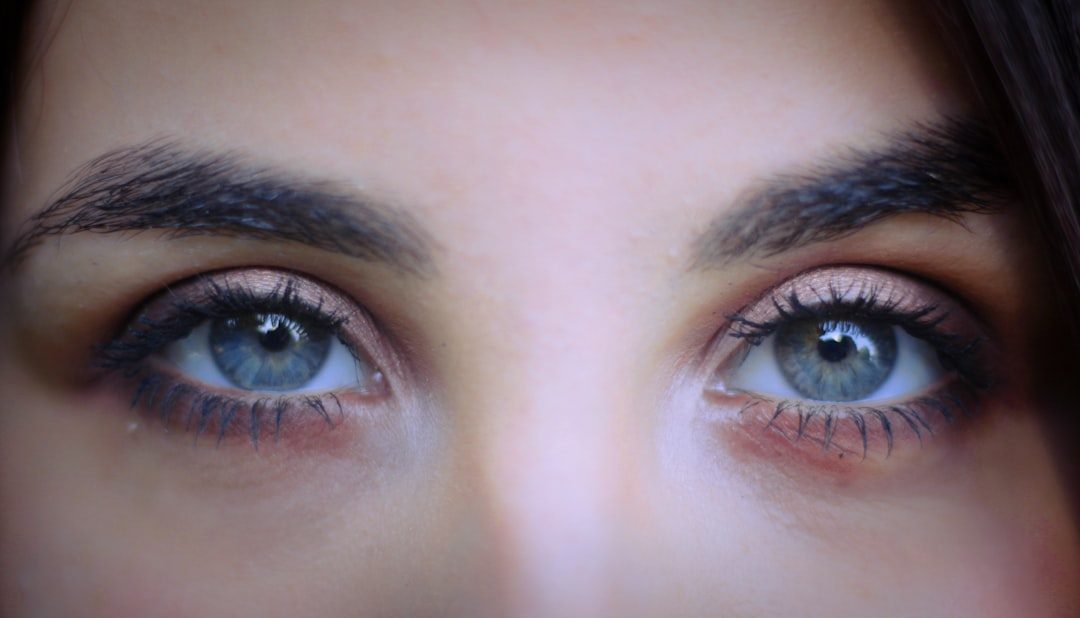
Your face recognition abilities are intimately connected to where you look and how you move your eyes. However, facial recognition depends on fine details provided by the eye’s high acuity central vision; for us to recognize a face, we first have to look directly at it. This better view enables different brain areas in the temporal cortex to engage in more complex facial recognition.
For featural processing, the eyes and mouth are prioritized early in the visual processing timeline. Your brain prioritizes these key facial features from the very beginning of processing. The eyes, in particular, carry enormous amounts of social information – from identity cues to emotional states and even direction of attention.
This explains why you naturally make eye contact during conversations and why someone’s gaze direction feels so meaningful. Your visual system has evolved sophisticated mechanisms to extract and prioritize information from these critical facial landmarks, making them the foundation of face recognition.
Individual Differences in Face Recognition Ability
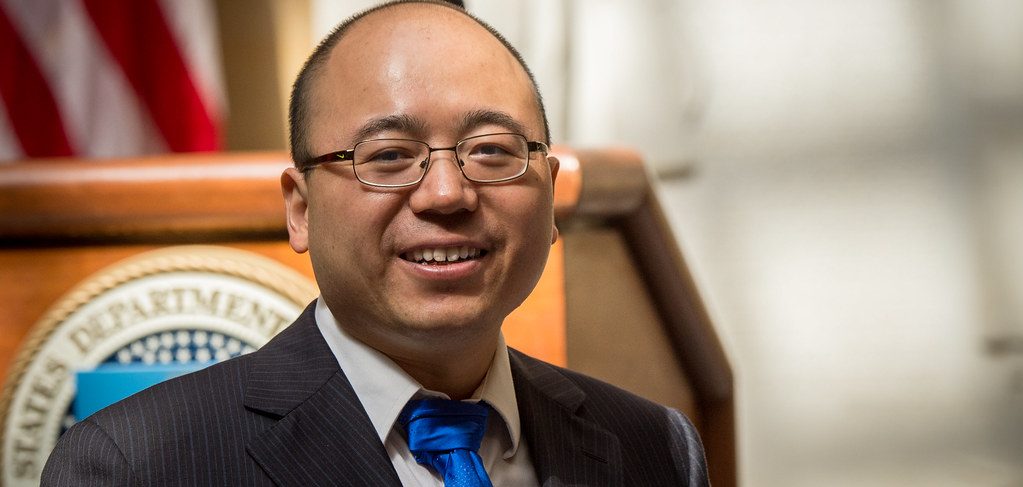
Not everyone processes faces with equal skill. Accumulating neuropsychological and behavioral evidence indicates that not all individuals, however, are equally competent at recognizing faces in their surroundings. Developmental prosopagnosics show a great difficulty at this task despite an absence of brain injury. These individual differences reveal that face recognition exists on a spectrum of ability.
At one extreme are people with prosopagnosia, or “face blindness,” who struggle to recognize even familiar faces. Now a study of individuals who have prosopagnosia, a disorder rendering them unable to distinguish another’s mug, suggests a possible cause: a breakdown in a brain pathway used to process faces. This breakdown seems to occur at different places in people with the disorder.
On the other end of the spectrum are “super-recognizers” who demonstrate remarkable facial recognition abilities. In contrast to prosopagnosia, some people can remember faces of people they met years ago and only in passing. The “super-recognizers,” as they’re being called, excel at recalling faces and suggest that there is a broad spectrum of ability in this realm. Understanding these differences helps scientists map the neural mechanisms underlying normal face processing.
The Evolutionary Importance of Face Recognition

Your extraordinary face recognition abilities didn’t develop by accident – they’re the product of millions of years of evolutionary pressure. Before language existed, facial recognition helped our ancestors distinguish friends from foes and read emotional states critical for group cooperation. Throughout our evolutionary history, those who could rapidly recognize friends, detect threats, and accurately read emotions gained significant advantages.
The finding suggests that the millions of years of evolution that have shaped circuits in the human brain have optimized our system for facial recognition. This optimization is so fundamental that even artificial intelligence systems trained on face recognition tasks spontaneously develop brain-like organizational strategies, suggesting there may be universal principles underlying efficient face processing.
The investment your brain makes in face processing reflects the central role of social relationships in human survival. Information gathered from the face helps people understand each other’s identity, what they are thinking and feeling, anticipate their actions, recognize their emotions, build connections, and communicate through body language. Developing facial recognition is a necessary building block for complex societal constructs.
Your brain’s face recognition system represents one of evolution’s most sophisticated achievements. From the lightning-fast initial detection in your superior colliculus to the complex identity processing in your fusiform gyrus, every component works in harmony to provide you with this essential social skill. The next time you effortlessly recognize someone across a room, remember that you’re witnessing millions of years of evolutionary refinement in action. What’s your most memorable face recognition experience – have you ever surprised yourself by recognizing someone after many years?



